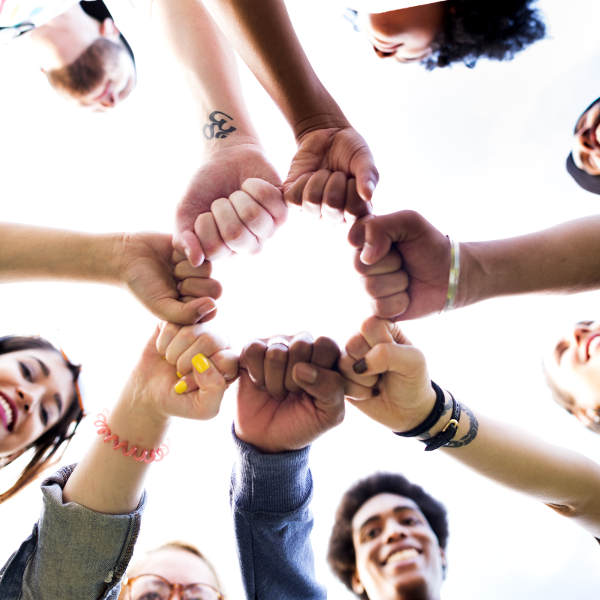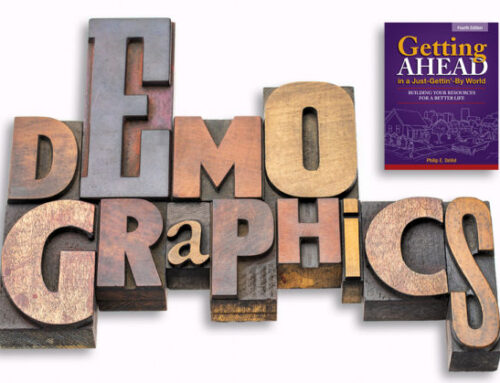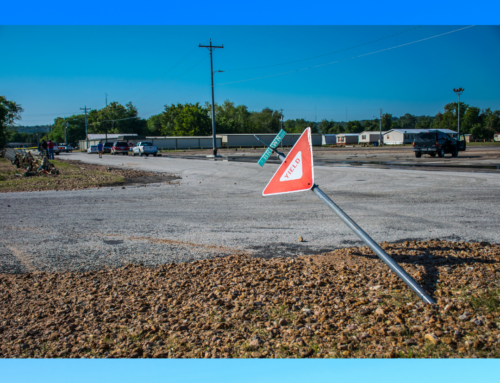 “How do you know if you are going to die?”
“How do you know if you are going to die?”
I begged my mother.
We had been traveling for days.
With strange confidence she answered,
“When you can no longer make a fist.”
–Naomi Shihab Nye, “Making a Fist”
Here’s what Bridges and its innovative offspring have evolved into and what makes me lean in:
It’s the provider, the judge, the legislator, the neighbor using the Bridges lens to analyze themselves first. That’s really what we are asking. Some professionals think you do this once and it’s done. And they think they’ve already done it.
After a two-day Bridges to Health and Healthcare (BTHH) session, I asked a large group of nursing students if BTHH had helped them to look at the patient population in poverty with more respect. Were they walking out with more tools and understanding than when they came in? They agreed with enthusiasm. They clapped, bless their hearts. I was told later that the students were probably either from pretty wealthy households or were there on scholarship. I didn’t know that. I did know they were all the same age, mostly female, all smart, and apparently abstract thinkers and processors.
Next, I asked, “If you had been born in generational poverty, would you be sitting here today? You know, if you had been born into the poverty circle we analyzed? Would you believe the things you do, know the major and fine-tuned hidden rules of school and work, have the health that you have, be so motivated to put your education before relationships, have had the K–12 teachers you had, have the partners and friends you have? Would you prioritize and plan the way you do, set the goals you have set, solve problems the way you do, and study and socialize the way you do?” (If so, Jonathan Kozol would label you “superhuman.” And you probably made a few fists to get there.)
Almost everyone sat completely still. As we had gone through BTHH, everyone had visualized that patient in poverty in their mind. And perhaps they believed that they themselves were smarter, better looking, emotionally more stable, even had “better” values and character than that patient.
I go to a big church predominantly made up of married Gen X couples with kids. Into this mix add residents of several faith-based addiction recovery halfway houses and next-step houses for women brought to us via the church van. One Sunday I looked across the aisle and could tell immediately that the four women sitting there were from one of those homes. I can read those cues after years in the field of addiction recovery. I thought, I am glad I am not one of “those people.”
Instantly, years of working on my own societal experience and lens crashed. Twenty years of Bridges and still the biases and judgments I have sought to wipe out can surface. So what can I expect from my readers and audiences? To keep holding themselves accountable to using Bridges and other models to analyze their own lens. You don’t do it once and move on. When I no longer analyze my lens, my hand will lie open, a fist no more.
“I who did not die, who am still living,
still lying in the backseat behind all my questions,
clenching and opening one small hand.”
–Naomi Shihab Nye, “Making a Fist”
Everything we write and do has to allow us to look at our own societal experiences and the judgments and biases we hold both cognitively and emotionally—in the conscious mind and the unconscious mind. And if you are from generational poverty and pushed the peanut up the education, work, and social ladders, there is surely a lot about your societal experience to analyze! We haven’t worked all these years to be satisfied that we raised the better-off folks’ awareness and tolerance of individuals in poverty. It’s not enough that we’ve helped professionals be better at working with “these patients” or “these clients.”
The providers who use Bridges are given the opportunity to understand that the patient or client IS THEM—if circumstances had been different. It’s a frame around a mirror. In Getting Ahead, individuals in poverty are faced with that same looking glass framed with the Bridges lens.
Would Ruby Payne agree with this? I say yes. I once heard her tell the story of a woman who sold a car gifted her by a women’s association. She sold it so her boyfriend could buy a motorcycle. The woman was earnestly explaining the situation to the group of women from the women’s association thinking every woman would understand why she had to sell that car. They were stunned, of course. And then Ruby said one of the most insightful things I ever heard her say. She said, “I have come to understand that there are things a woman in poverty knows and understands that I do not know.”
That from a widely acclaimed author and expert on poverty. Unforgettable.








